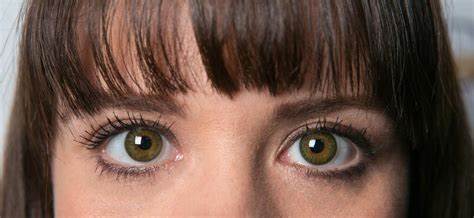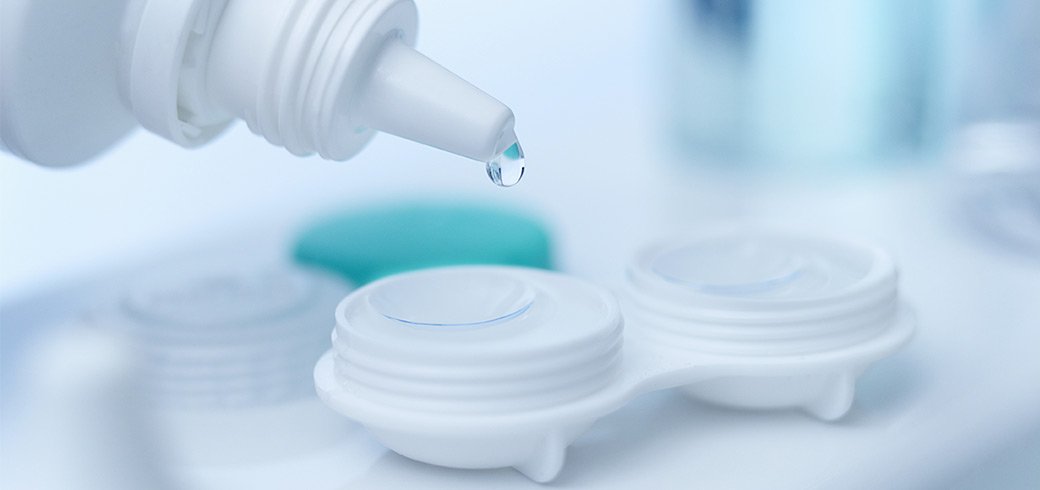Some people (and especially the female part of the population) love to experiment with their looks. They often change their hairstyles, hair lengths, nail colors, intending to look different every time. Such people are happy to see the modified versions of themselves each time in the mirror.
Still, we couldn’t change some things until relatively recently. We get eye color at birth, and with minimal shade changes as we grow, it stays for a lifetime. Since it is still not possible to permanently influence genetically inherited traits, a few years ago, the idea of colored contact lenses was conceived.

People came up with the concept of contact lenses as a replacement for glasses. Learn more about the history of these corrective aids from this source. So their original purpose is to correct vision and diopter. The one who wears them literally put them in the eye, and they become part of the eye apparatus. From this comes the name ‘contact.’
Changing the Eye Color
Adding color to contacts happened when fashion blended in with optics. Since it has been proven that the color of the lens does not affect eyesight, the trend of changing eye color has spread at lightning speed. That is how colored lenses connect functionality and aesthetics.
No diopter colored contacts have been designed for those who have no eye problems but just want a change. That is how most brown-eyed people, who are in the majority, finally see what they look like with cat green or blue eyes. And those who have a natural emerald eye color may want to experiment, so try some unusual shade like gray or purple.
There are numerous options, and given the ease of lens placement and wearing safety, you can change your eye color every day. Or you can opt for models that only enhance your natural eye color. In both cases, you should remember a few handy things to keep your optic health intact.
Safety of Contact Lenses
The aesthetic factor is one of the main reasons why people, especially when already wearing glasses, are increasingly choosing to wear contacts. But these aids have many other benefits. Primarily because they are small in size, lightweight, and very practical to wear. Unlike glasses, they can’t fall off and break easily.
Contacts that change the appearance of your eyes completely cover the natural color of the iris. Other models of contacts have a dotted color that only highlights the natural beauty of your look, giving it depth and shine.
If you check the models of colored contacts – best colored contact lenses – Misaki cosmetics, you’ll see that technology applied in their production provides the eye with a 3D effect. Lighter and darker shades will make your eyes more expressive whatever type of contacts you choose.
Although the lens adjustment process itself is a little rough, it is actually completely painless and safe. Even if the contacts bother you, you can easily remove and put them back in the right way. And don’t worry, they can’t get lost in your eyeball.
Possible Complications
In general, lenses are divided into soft and hard, and they differ in durability and length of wearing. Soft contacts are intended for a shorter period but safe for all-day wear. Hard and semi-hard lenses require an adaptation period. If you initially exaggerate wearing them, you’ll probably experience pain, inflammation of the cornea, or other vision complication.
Sometimes, despite consistently adhering to the instructions for the use of the lenses, certain complications do occur. They may result from excessive wearing, sensitivity to the materials or solutions for their maintenance.
A wrong fitting of contacts is also among the potential causes of certain complications. If you wear prescription lenses, visit an ophthalmologist who will make the necessary corrections. If you bought diopter-free colored contacts, you probably chose the wrong model.
Make sure you follow the instructions about the period of wearing. Complications with soft contacts are more common than in hard lenses. Due to their specific composition (higher percentage of water), they are harder to maintain. Wearing them for several days in a row, even overnight, can cause corneal complications, conjunctival inflammation, and blurred vision.
Maintenance Tips

Before each application of this optical aid, wash and dry your hands to prevent dirt particles from entering your eye and causing irritation. However, if the lens does come in contact with dust or finger grease, rinse it in the prescribed solution for safe application.
Apply lenses with fingertips; do not use nails. Whenever you don’t wear them, place them in separate containers filled with the flush solution. This way, contacts are disinfected when you leave them for a few hours, preferably overnight. Change the liquid every night. Before that, take off the lenses, clean and rinse them with saline.
The container should be changed from time to time and after each use flushed with lens flush solution and air-dried. It minimizes the risk of bacterial or fungal multiplication. Also, do not mix lenses. Label the container to know which one is for the left and which for the right eye.
Colored contacts look pretty attractive. But if you don’t take care of them as directed, you are creating the ideal base for bacteria to develop, even inside the eye. Due to the wetness and salinity of the ocular fluid, the parasites multiply and can cause serious infections accompanied by severe visual impairment.